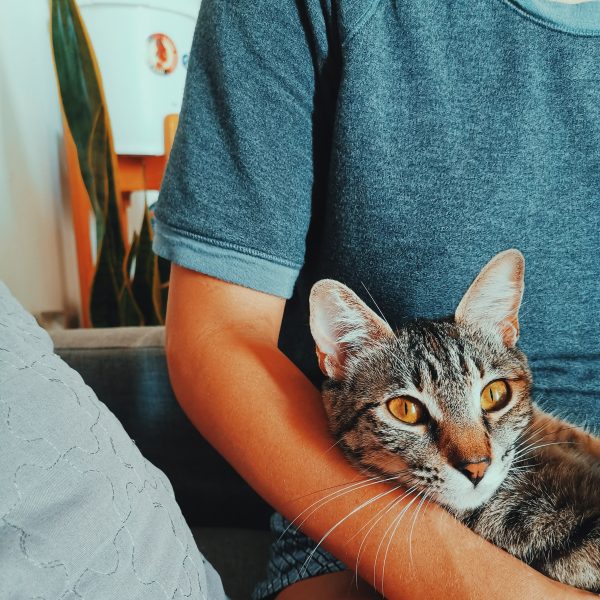The introduction process matters
Your current pet family is going to feel threatened by this new cat’s presence. Your new cat is also going to feel threatened by the existing presence and “pack behavior” of the pet family. A proper introduction on both sides is going to be important for helping the existing pet family from feeling threatened and the new cat feeling like they are a wanted addition to the network.
Bring in the professional’s opinion
Before you bring your new cat home, talk to your vet or the animal rescue shelter, or the breeder that you are using. This will help you know what to expect, and they often can give you some great advice to help you approach the meeting with the right kind of understanding of how it should go. From small little side pieces of advice to a full information sheet that itemizes what to do, any kind of advice that they can give you is going to be great to have on hand. The more advice that you have, the better.
Set up your new cat’s space
When you bring your cat home, at first you’ll want to put them in their own private space that is separated from anything and anything else. It should be just for them to settle in, get used to all of the new sounds and smells, and catch their breath.
A move is stressful for a cat, and this is especially likely if the cat is going to a brand-new space with brand-new people and animals. Make sure that they have a closed space or room just for them to enjoy and take in. It’ll be important for them to start things off on the right foot.
Give everyone some breathing room
When your cat moves into their new separate room, you’ll want to make sure that everyone has a few days to settle in before meeting face-to-face. Owners will need to get used to this new furry addition, and pets will need to get used to the strange presence of a new and/or different animal.
Wait at least 2-3 days before you try to do anything further. Pushing it too fast is going to simply create a negative and fear-based reaction. This is hard to repair, so really take this advice to heart.
Give everyone a look at each other
After the initial period has passed, the next thing to do is allow everyone to look at each other. Open the door to the space, with humans on either side to control all of the animals, to allow everyone to look at each other. You’ll be able to give every pet a visual match for what they’ve been smelling.
Keep it limited to this for the time being. Allow everyone to get a good look at each other and then close the door again to separate them after one of the animals moves away.
You can do this a few times until one or both groups start to show interest in getting closer together.
Try a controlled meet
When you’re ready, try a controlled meet between pets. With humans holding each animal, bring them slowly together — slowly being the keyword here — and allow them to sniff each other.
Hold each animal very firmly and keep them under control. The first time that you do this, it may last only seconds. Do it several times until their body language relaxes and everyone is curious to pursue it further.
Try short sessions together
When ready, allow animals to approach each other with available humans to control if needed. They’ll check each other out in detail and will start to see how they interact with each other naturally.
Do this several times, too, so that everyone is comfortable and starting to relax when they see that no one is a threat.
Move at your new cat’s pace
When you are going through each of these stages above (including the one where you simply allow for them to roam around together, supervised), it is important to keep pace with your new cat rather than your existing pet family. The reactions of this new addition should determine how fast the meeting process goes so that the relationship that develops is safe and healthy, and comfortable.
Your existing pets will want to move faster, but keeping the pace for comfort of the new cat addition helps so that they don’t feel outnumbered.
Watch all interactions
With every interaction between a new cat and existing animals, watch all interactions carefully. Every time they are together, prioritize supervision and never leave them alone together.
Before long, they can grow to be the best of friends. But until you are absolutely certain that they are going to be okay roaming around each other freely with no one there to intervene, it’s best to err on the side of caution and keep everything supervised.
Redirect any and all aggression immediately
Any time there is aggression from either side, nip it in the bud immediately. Aggression, either way, shouldn’t be tolerated as there is no need to fight for dominance. Be firm and consistent from one pet to the other so that all get the same treatment. This is important since aggression can create not only negative interactions, but may create a battle that can very easily and often get violent, resulting in your animals being injured.
It’s exciting to bring in a new cat to your household, but only if you are ready to bring them in carefully, slowly, and in a happy and healthy way. These steps will help you do so, and you’ll enjoy the idea of bringing in a new pet addition that is ready to join the crew, knowing that they are safe, loved, and welcome addition.
